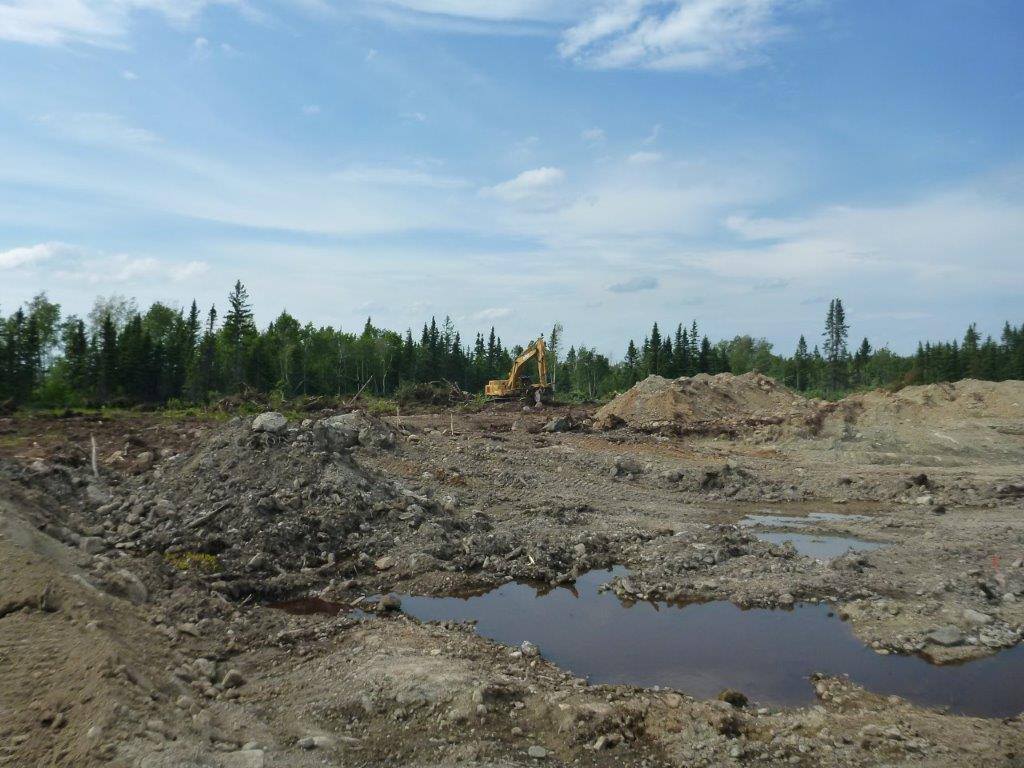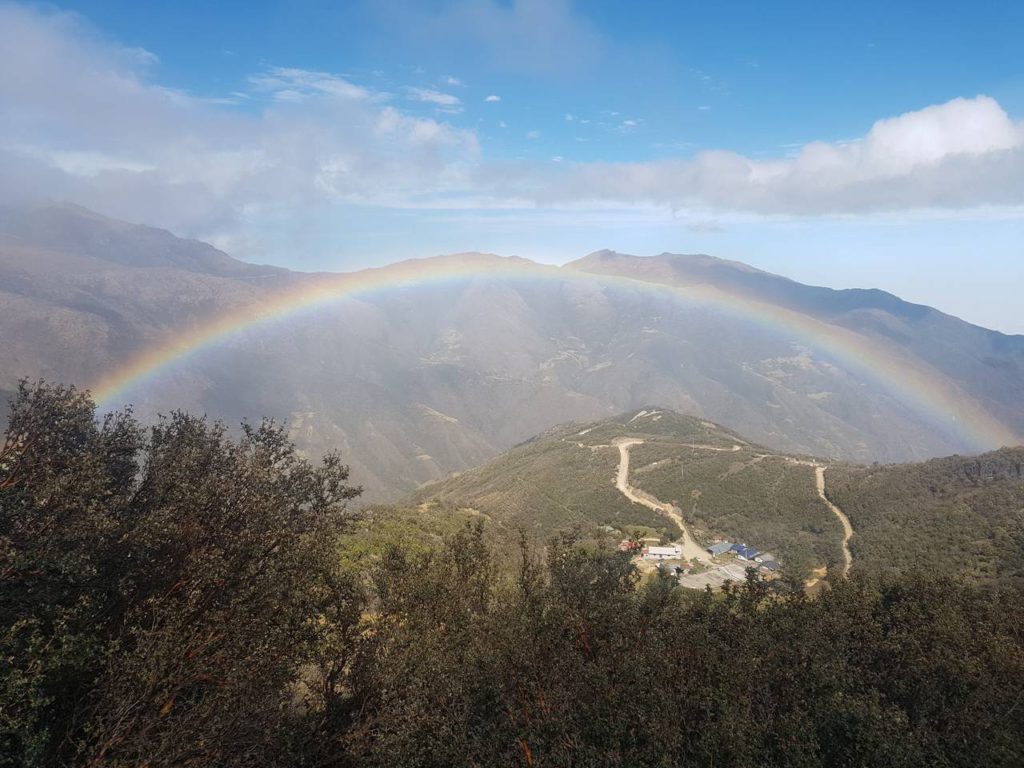Granada receives 10-year mine lease extension

A subsequent 1,200-kg mineralized sample was taken over a 3-metre strike length and assayed 55.6 g/t native gold.
Granada has also sent a 100-kg sample to Gekko in Australia to test whether it can be upgraded using in-line pressure jigs. The technology has the potential to pre-concentrate low grade ore, and it may be useful in treating ore from the mine.
Granada president and CEO Frank J. Basa said in a release, “Based on results from this bulk sample and the Gekko pre-concentration test results, the company may rethink the resource grades and return to the original 43-101 historical in situ mineral resources of 946,000 oz. gold at 1.02 grams per tonne measured, 659,000 oz. gold at 1.09 g/t indicated and 1,033,000 oz. gold at 1.07 grams per tonne inferred. A cut-off grade 0.4 grams per tonne gold was used.”
The resource estimate made in January this included year both pit and underground blocks. In the potential pit there are 5.1 million measured and indicated tonnes averaging 2.06 g/t gold for 339,000 contained oz. and 34,000 inferred tonnes at 11.29 g/t for 12,000 contained oz. Underground there are 844,000 measured and indicated tonnes averaging 4.03 g/t gold for 109,000 contained oz. and 1.2 million inferred tonnes at 6.33 g/t for 253,000 oz.
The Granada mine produced 51,476 oz. of gold in the 1930s from ore grading 9.7 g/t gold.
(This article first appeared in the Canadian Mining Journal)




